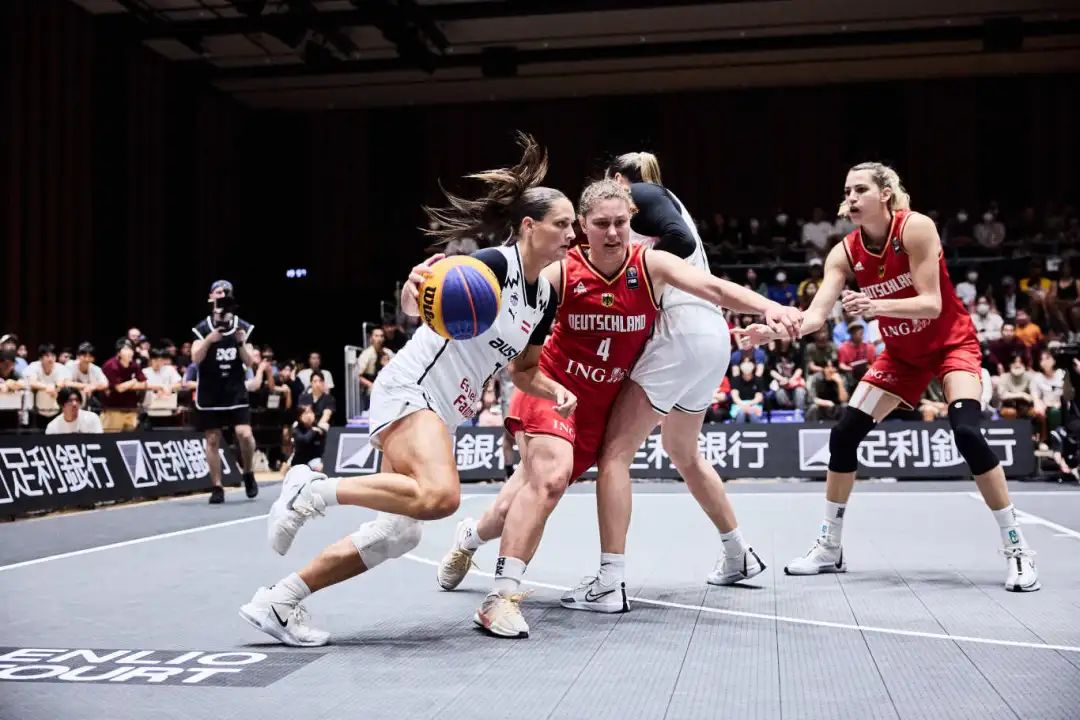10 月 . 18, 2024 17:04 Back to list
Rubber Padding Solutions for Safe and Fun Playground Environments
Rubber Padding for Playground Safety A Comprehensive Overview
Playgrounds are essential spaces for children to engage in physical activity, social interaction, and imaginative play. However, as crucial as these spaces are for child development, they must also prioritize safety to prevent injuries that commonly arise from falls and accidents during play. One of the most effective solutions for enhancing playground safety is the use of rubber padding. This article will explore the benefits, types, installation process, and maintenance of rubber padding in playgrounds.
Benefits of Rubber Padding
Rubber padding, often referred to as rubber mulch or rubber mats, provides a cushioned surface that significantly reduces the risk of injuries from falls. Traditional playground surfaces, like grass or gravel, do not offer adequate shock absorption, leading to serious injuries if children fall while playing. In contrast, rubber padding is designed to absorb impacts, offering a softer landing that can decrease the severity of injuries.
In addition to safety, rubber padding is environmentally friendly. Many rubber products are made from recycled tires, effectively reducing waste and promoting sustainability. This eco-friendly attribute appeals to many communities striving to encourage greener practices and reduce their environmental footprint.
Furthermore, rubber padding is durable and low-maintenance. Unlike wood chips or sand, rubber does not decompose or compact over time, ensuring a consistent surface year-round. This durability makes it a cost-effective choice for community parks, schools, and daycare facilities that require long-lasting solutions.
Types of Rubber Padding
Rubber padding comes in various forms to suit different playground designs and requirements. The most common types include
1. Rubber Mulch This loose-fill option is made from shredded rubber and provides excellent shock absorption. It is ideal for playgrounds with a natural aesthetic and can be used in combination with landscaping.
2. Poured-In-Place Rubber This seamless surface is poured on-site, creating a uniform look while offering superior impact absorption. It can be customized with colorful designs and patterns, making it popular for creative playgrounds.
3. Rubber Tiles These interlocking tiles can be laid down over existing surfaces for easy installation. They provide excellent drainage and can be easily replaced if damaged.
4. Rubber Mats Typically used under play equipment, these mats serve to protect against falls while being easy to install and replace.
rubber padding for playground

Installation Process
The installation of rubber padding requires careful planning and execution to ensure safety and functionality. The process generally involves several steps
1. Site Assessment Proper evaluation of the playground area is essential to determine the right type and thickness of rubber padding needed based on the height of play equipment.
2. Preparation The ground must be leveled, cleared of debris, and, if necessary, excavated to provide the desired depth for the rubber padding.
3. Installation Depending on the type chosen, rubber mulch is spread out to the necessary depth, poured-in-place rubber is applied, or rubber tiles are fitted together. It’s crucial that the installation follows manufacturer guidelines to maximize safety benefits.
4. Finishing Touches After installation, the playground should be inspected for consistency and safety. Any edges must be secured to prevent tripping hazards.
Maintenance
While rubber padding is low-maintenance, regular inspections are still essential. Periodic checks should focus on ensuring the padding thickness meets safety standards and that there are no visible signs of wear or damage. If any areas of rubber mulch become compacted, loose material may need to be added to maintain the intended cushioning properties.
In case of spillage from nearby activities, it is important to clean the area promptly to keep the playground safe and presentable. Finally, after severe weather events or natural wear, a thorough inspection of the padding conditions is recommended to assess if replacement or repair is necessary.
Conclusion
Rubber padding serves as an invaluable resource for enhancing playground safety. With its ability to absorb impact, eco-friendly properties, and minimal maintenance requirements, it’s a smart investment for communities focused on child safety and play enjoyment. By utilizing rubber padding, we can create safer playground environments that allow children to play freely and develop their physical and social skills without the fear of serious injuries. As we continue to prioritize child safety, incorporating rubber padding in playground design should be a standard practice for all public and private spaces.
-
Custom Pickleball Court Solutions Convert Tennis & Indoor Builds
NewsMay.30,2025
-
Outdoor Pickleball Court Costs Build & Install Pricing Guide
NewsMay.30,2025
-
Premium Pickleball Sports Courts Custom Design & Installation
NewsMay.30,2025
-
Indoor Pickleball Courts Tennis Court Conversion & Custom Builds Tempe
NewsMay.29,2025
-
Professional Pickleball Court Installation & Tennis Court Conversions
NewsMay.29,2025
-
Grey Synthetic surface-rubber prefabricated track
NewsMar.07,2025

